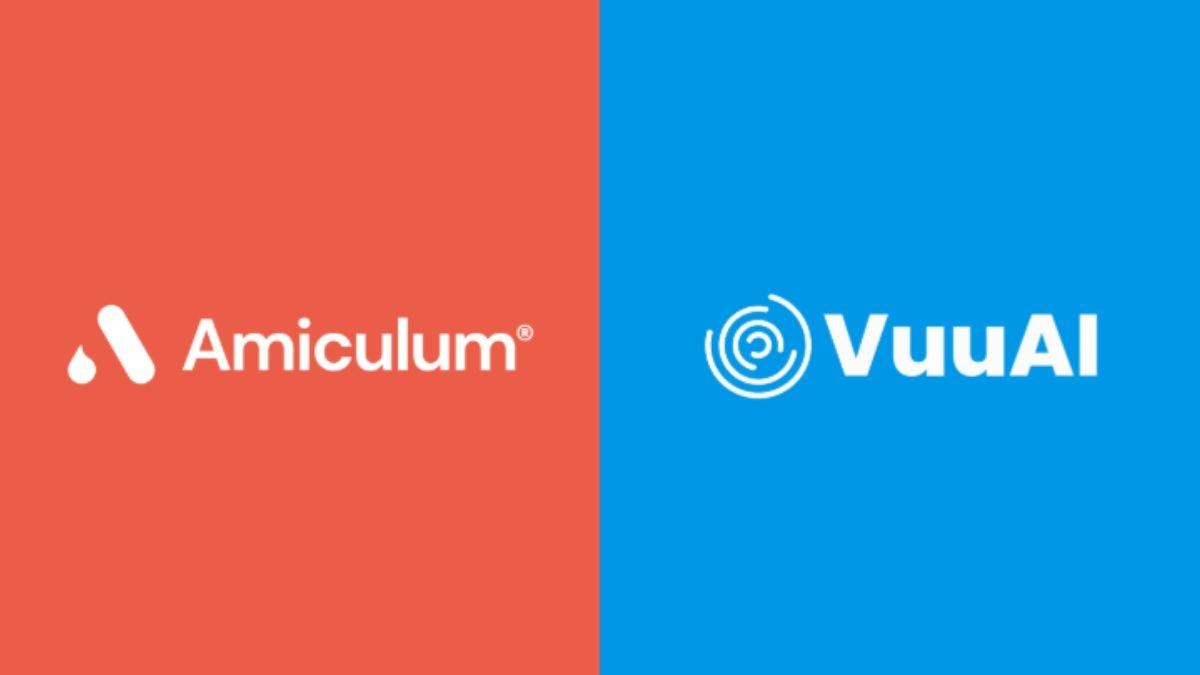The AI revolution in pharma

The pharmaceutical industry is at a pivotal moment. Artificial intelligence (AI) is shifting from improving processes to reshaping disease treatment and care delivery. Early adopters are seeing big gains in drug development. They have less admin work, too. The question isn't whether to adopt AI, but how to maximise its benefits.
The stakes are clear. Research projects that generative AI could boost the pharma and medical-product industries' annual revenues by up to $110 billion by streamlining the resource- and time-intensive R&D process. As industry shifts to maximising AI's potential, five trends will redefine pharma in the coming years.
Accelerating drug discovery with AI and machine learning (ML)
In the pharmaceutical and biotech sectors, these trends are set to dramatically shorten drug development cycles — think two to three years instead of the traditional seven to 10 years. This means we can expect a real push towards personalised medicine, as AI and ML will help us better stratify patients. Plus, we’ll likely see lower failure rates in clinical trials due to improved predictive modelling and innovative therapies made possible by gene editing, like cell therapies.
Besides speeding up the drug development process significantly, these technologies are allowing for better predictions of protein structures. They’re also enhancing clinical trial designs and helping match patients more effectively. Essentially, AI and ML are making it easier to identify novel drug therapies and even discover new valuable purposes for existing treatments.
Many traditional life sciences companies will seek tech partnerships to speed up operations and development. Meanwhile, AI-native biotech firms are emerging with cutting-edge tech at their core. They use AI from the beginning of their pipeline to the end. They also outsource research, lab work, and commercialisation to specialised partners.
The playing field is levelling, too. Cloud-based platforms and pre-trained AI models lower the barrier to entry. Smaller companies can compete without betting big on making one highly profitable drug. New entrants can ditch the traditional blockbuster model for a precision-medicine approach. They can develop targeted therapies based on AI-driven genetic and molecular data analysis.
In healthcare delivery, we can anticipate more precise diagnostic tools powered by AI. These will improve disease prediction and prevention through genetic risk assessments. We’ll see more targeted treatments based on molecular profiling and better patient monitoring through the integration of biological and digital data, especially with the rise of health tracking devices like Fitbits and smartwatches. The industry is also moving from a "treat when sick" model to predictive and preventive medicine. Healthcare insurers are adopting sophisticated "pay for performance" models that use real-time patient data and AI to predict outcomes. This change is clear in chronic disease management. Continuous monitoring and early intervention are now the norm.
The R&D innovations that change everything
AI will eventually be integrated across all stages of R&D. This enables a shift from linear to parallel drug development. Instead of waiting for each phase to finish, companies can test many drug candidates simultaneously. They can also predict issues and optimise trial designs. This parallel approach, backed by advanced simulations, helps companies escape linear development paths.
We also see CRISPR (clustered regularly interspaced short palindromic repeats) and advanced gene editing technologies that are allowing for more precise genetic modifications with fewer off-target effects, which is a gamechanger for treating genetic diseases. Techniques like base editing and prime editing are really expanding the possibilities here.
There’s also single-cell sequencing and spatial biology. This area is providing us with incredible insights into cellular mechanisms and the diversity of cell types within complex tissues. It’s helping us understand development and disease progression better, which is crucial for advancing precision medicine.
Remote monitoring devices and other real-world data collection methods are shaking up clinical trials. AI systems now use diverse data to match patients with trials and track their progress. This powerful combination enables decentralised trials, making it easier for people to take part from home. As a result, clinical studies can enrol more diverse participants. They also cost less to run, and they fill spots faster.
We’re also looking at the emergence of “digital twins” for testing drug responses in clinical settings. This concept will not only enhance drug development, but also streamline manufacturing processes, making it easier to scale up from clinical trials to full production. Researchers can test therapies on virtual replicas without the risk or cost of trials on actual patients. This innovation speeds up drug development and eases the shift from trials to production.
Regulatory evolution in the AI era
The regulatory process for submissions and approvals is expected to speed up significantly while the regulatory landscape is evolving to accommodate technological advances in drug development. Submission and approval processes are becoming more streamlined, with a chance for in-line reviews. Healthcare authorities may start reviewing dossiers earlier in development. This could lead to faster approval paths.
Regulatory hurdles remain, especially for AI in medical devices and Software as a Medical Device (SaMD). But regulators are working to understand and address the risks. This could pave the way for broader AI use in clinics.
The evolving scientific workforce
The change in drug development is creating a demand for a new type of scientist. This person must blend a deep biological understanding with computational skills. Drug discovery teams need computational biologists to interpret genetic sequences and neural networks. Medicinal chemists now work with AI to design new compounds. Clinical researchers use advanced analytics to optimise trial designs.
Expect increased demand for hybrid roles that combine biological expertise and data science skills.
Strategic investment in AI capabilities
Investment patterns are changing. There is a growing focus on early-stage investments in platform technologies and data assets. This shift fosters new types of partnerships and licensing deals, where computational capabilities are crucial in due diligence processes.
Most pharmaceutical companies are still in the early stages of their AI journey. Many have used basic AI tools for advanced searching and report creation tasks. The next step is to use AI on robust, enterprise-grade platforms to tackle complex processes in larger programs.
A shift toward specialised, smaller AI models is emerging. These models, trained on specific pharma and healthcare datasets, often do better than larger, general models at specialised tasks. They also use less computing power. This specialisation envisions a future with many AI agents working together to solve problems.
The next frontier lies in orchestrating these AI interactions with precision. AI networks that connect specialised AI agents to workflows promise big productivity gains. These systems will streamline key processes and enhance collaboration with human experts. This is important for clinical trials, regulatory compliance, and manufacturing optimisation.
Looking ahead
The blend of biology and computing makes the impossible possible: we can slash development timelines from a decade to two or three years. The era of one-size-fits-all medicine is ending. It is giving way to treatments that target each patient's unique genes.
But this revolution will create clear winners and losers. The companies that will lead tomorrow's pharma landscape aren't just using new tools. They will embrace a radically new vision for finding, developing, and delivering treatments to those who need them most.












